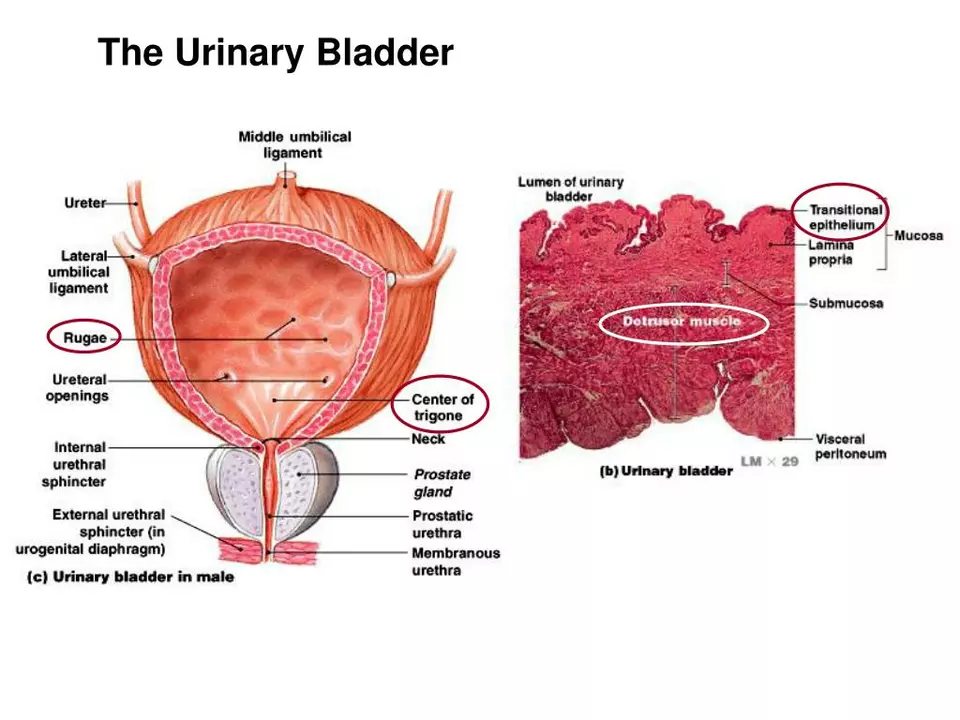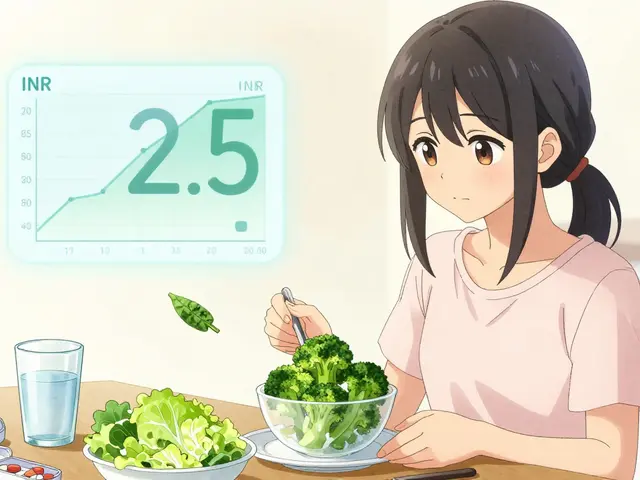Travel Medicine and Pharmacies: Smart Tips for Buying and Carrying Meds Abroad
Traveling with prescriptions or buying meds while away can be confusing. This page gathers simple, practical advice for people who travel to Mexico or buy from Mexican pharmacies online. Want to avoid headaches at customs, get cheaper prescriptions, and keep your meds safe? Read on.
Before you go
Check if your medicine is legal where you’re heading. Some drugs common at home are restricted abroad. Print your prescription and a doctor’s note that says what the drug is for and the dose. Keep medicines in original packaging and pack a few extra days' supply in your carry-on in case flights are delayed.
For temperature-sensitive meds, use an insulated pouch or gel packs. If you rely on injections or refrigerated meds, ask your doctor for specific travel storage advice and a cool container approved for air travel.
Buying meds in Mexico and online
Mexican pharmacies often sell the same active drugs cheaper than in the U.S. or Australia, but pick your pharmacy carefully. Look for licensed chains, ask to see a pharmacist, and compare active ingredients rather than brand names. If ordering online, choose sites with clear contact info, pharmacy license, and secure payment options. Avoid sellers that won’t show where the drug comes from.
Want faster options? Many Mexican retailers offer curbside pickup and same-day delivery. Use local pharmacy apps or call ahead to confirm stock and price. If you need a controlled substance, check both Mexico’s rules and your home country’s import rules before purchasing.
Telehealth can help when you need a new prescription while traveling. Many online services offer consultations and can send a prescription to a local pharmacy. Keep records of telehealth visits and electronic prescriptions to show customs officers if needed.
When comparing prices, check generics. The generic version usually contains the same active ingredient and can save a lot. Read labels carefully — dosage and tablet count matter. If in doubt, ask the pharmacist to translate the label and confirm the dose.
Carry basic documentation: a copy of your passport, travel insurance with medical coverage, a brief medication list with generic names, and emergency contact details. If you have allergies or chronic conditions, wear a medical ID bracelet or carry an emergency card in your wallet.
Finally, keep a small travel health kit with pain relief, anti-nausea meds, antiseptic wipes, and any over-the-counter remedies you use regularly. That saves a lot of time and reduces the need to hunt for a pharmacy in a busy city at night.
If you're crossing borders often, register your medications with your airline and carry translations for controlled meds. Knowing local brand names helps when you ask for refills. Small steps like these cut stress and keep you on schedule so your health stays steady while you enjoy the trip. Safe travels. Stay healthy.






